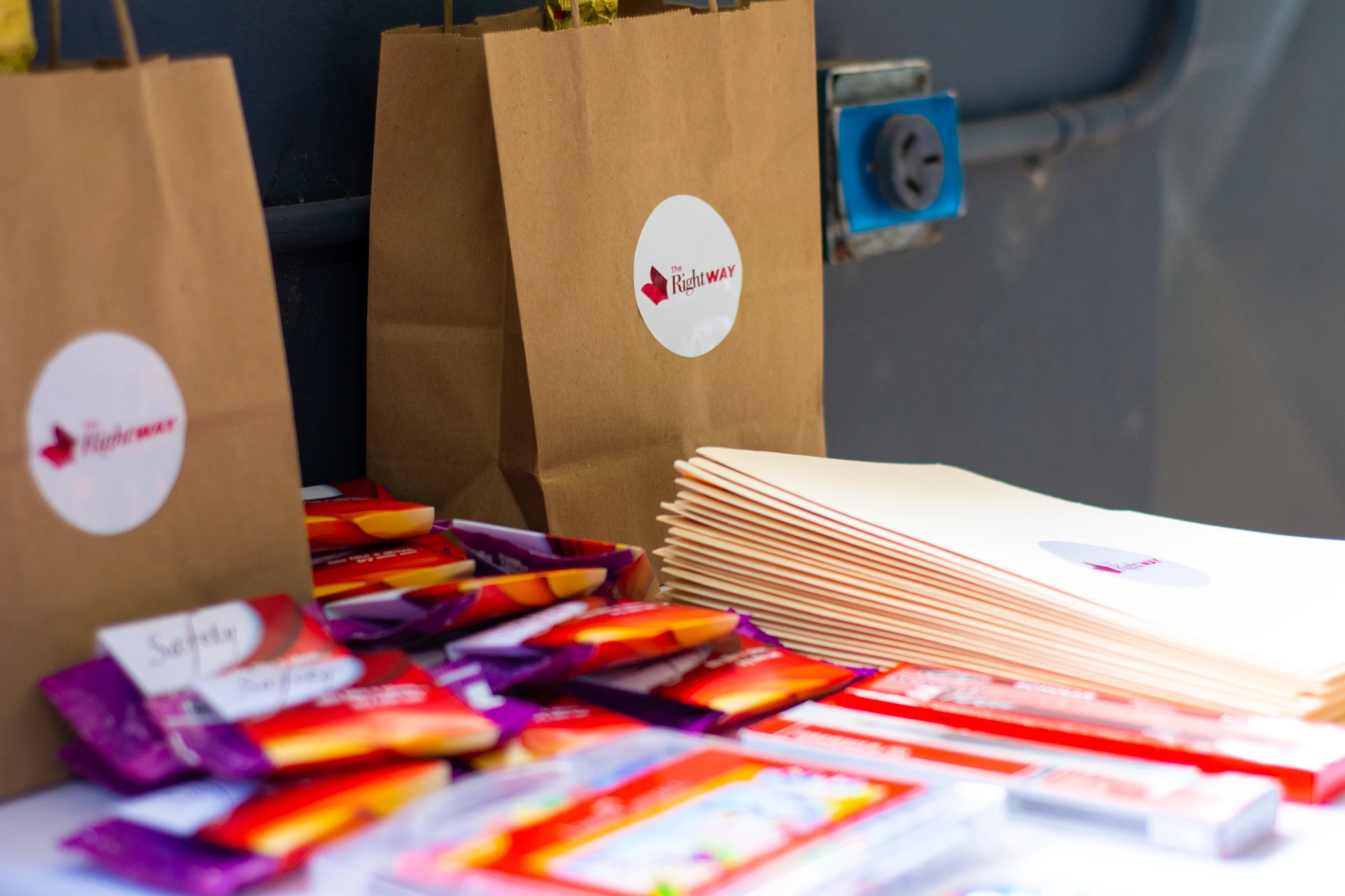Reducing Adolescent Pregnancy in Your Community
Adolescent pregnancy will significantly impact and impede the social and mental development of girls. It can even have consequences on their reproductive system, which can lead to multiple health consequences. Adolescent pregnancy negatively affects the education and employment opportunities of these girls, and directly contributes to poor health and poverty.
Girls from low-income households and communities, households with lower levels of education, and Indigenous and Afro-descent households and communities are disproportionately affected (PAHO, 2017). These girls also often face situations of stigma, which lead to social isolation and depression.
As such, adolescent pregnancy has been deemed a public health, developmental, human rights, and inequalities issue (PAHO,2017.) It is a complex issue involving health, culture, and society, with various social determinants. No one organization or body can address adolescent pregnancy.
The Sustainable Development Goals (SDGs), and the Global Strategy for Women’s, Children’s, and Adolescent’s Health (2016-2030) call upon stakeholders at multiple levels, and from different sectors, to work towards achieving a safer, and more opportunity-rich world for every woman, adolescent, and child, regardless of their setting. Women, adolescents, and children are disproportionately affected by inequalities and social and cultural issues, and adolescent pregnancy is one such issue that must be addressed at all levels.
There have been multiple international and regional commitments that have accelerated progress toward the reduction of adolescent pregnancy. We however need greater action at the community and household levels, to reduce adolescent pregnancy. This requires work from teachers, community leaders, youth leaders, faith-based organization leaders, healthcare providers, and parents and guardians, to establish safe environments for adolescents to learn about and journey through sexual and reproductive health and rights.
Regional organizations such as UN Women, UNICEF, UNFPA, and the Pan American Health Organization (PAHO), have established key interventions to be implemented at the national and community levels to effectively address adolescent sexual and reproductive health and rights and to reduce pregnancy. Regional champions for public health and sexual and reproductive health worked tirelessly to reduce adolescent fertility in Latin America and the Caribbean, which is the second highest in the world, after Sub-Saharan Africa. The emergence of COVID-19 and the eventual pandemic, which has affected millions, has significantly impeded us from achieving these targets.
Women, adolescents, and children have been disproportionately affected by the pandemic, with many experiencing financial hardships, and lack of access to life-saving biologicals, such as COVID-19 vaccines. Now in 2023, as we continue to emerge from this pandemic and return to forms of “normalcy” we must re-establish our focus on adolescent health, especially on adolescents existing in vulnerable situations. Community participation is most needed currently. Everyone must be a part of the process. We all play a part in developing our community and shaping the future of our adolescents. No one must be left behind. We must not settle for girls to only survive in their communities, but to survive, thrive, and transform.
What can we do?
Government
Governments should work to strengthen regional and international partnerships, which seek to reduce adolescent pregnancy and to directly tackle the multiple social causes of adolescent pregnancy.
Work with their Ministries of Health and Education, civil society organizations, and NGOs, to provide comprehensive sexual education, tailored to the specific needs of various target groups of children and adolescents.
Ensure the successful implementation, at various levels, and across sectors, of the National Sexual and Reproductive Health Policy.
Address human resource limitations and gaps in workforce capacity.
Enforce legislation to prohibit coerced sex under any condition.
Community Leaders
Engage and empower youth in the community to have a say in the daily occurrences and decisions of their community.
Empower girls to resist coerced sex; influence social norms that condone coerced sex; and engage men and boys to critically assess gender norms (use a peer leader).
Create safe spaces for trained human resources to address adolescent health.
Integrate adolescent health into community outreaches and health caravans from the Ministries of Health, Sports and Youth Affairs, and Social Development.
Be sensitive to the needs of young mothers, and mothers-to-be. Provide avenues for them to access antennal and childbirth care (for example- Providing free transportation to clinic visits, if needed).
Healthcare Providers
Ensure multisectoral and comprehensive pregnancy prevention programs are implemented for adolescents.
Increase the availability of free contraceptives, which adolescents feel comfortable using.
Abortions are currently illegal in the Republic of Trinidad and Tobago. This however does not mean that adolescents do not use unsafe abortion measures. Ensure post-abortion services are readily available and adolescents can access these and be counseled and navigated to them.
Increase community awareness of the dangers of unsafe abortions.
Sensitize and counsel persons on different forms of contraceptives, such as Long-Acting Reversible Contraceptives (LARCs).
Parents/Guardians
Create safe environments for your children and adolescents to speak about their challenges and fears.
Directly address sex and sexuality, in a comfortable manner, with your adolescent.
Enable your adolescent to obtain contraceptive services as required.
Adolescents
Request comprehensive sexual and reproductive health courses to be taught in schools.
Inform your peers about the best websites to access key facts, information, and resources, on sex and sexuality.
Speak to a trusted healthcare provider if you have been sexually assaulted, or have been in a situation that made you, or makes you feel uncomfortable.
If engaging in sexual activities, always practice safer sex, by using latex condoms and lubricants.
Do NOT pressure or coerce your peers into engaging in sex and sexual activities.
References
Accelerating progress toward the reduction of adolescent pregnancy in Latin America and the Caribbean. Report of a technical consultation (Washington, D.C., USA, August 29-30, 2016) ISBN: 978-92-75-11976-1
Reaching Adolescents in Situations of Vulnerability with Sexual and Reproductive Health. Washington, DC: PAHO, 2013. ISBN 978-92-75-11774-3


